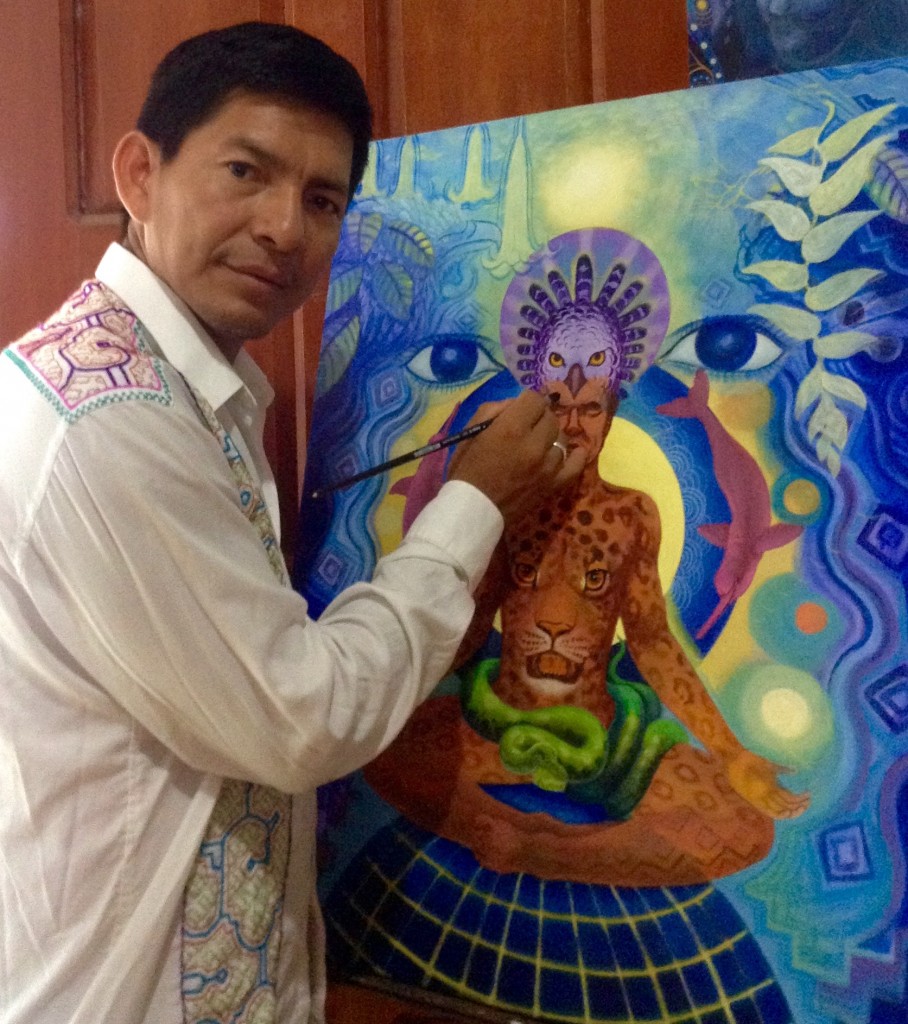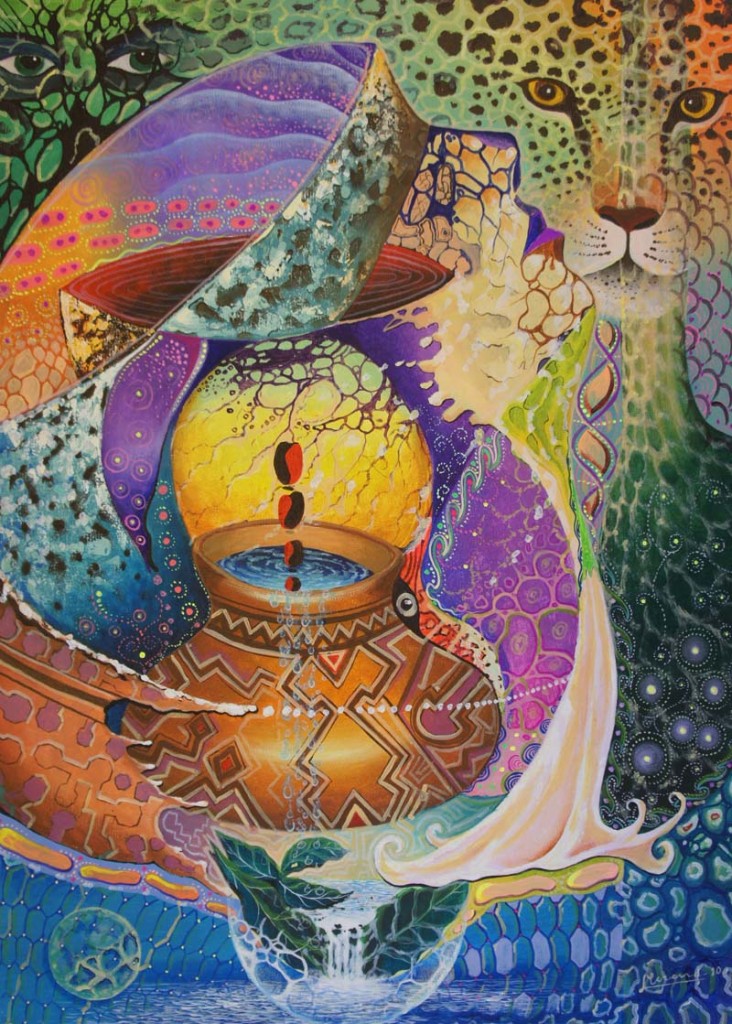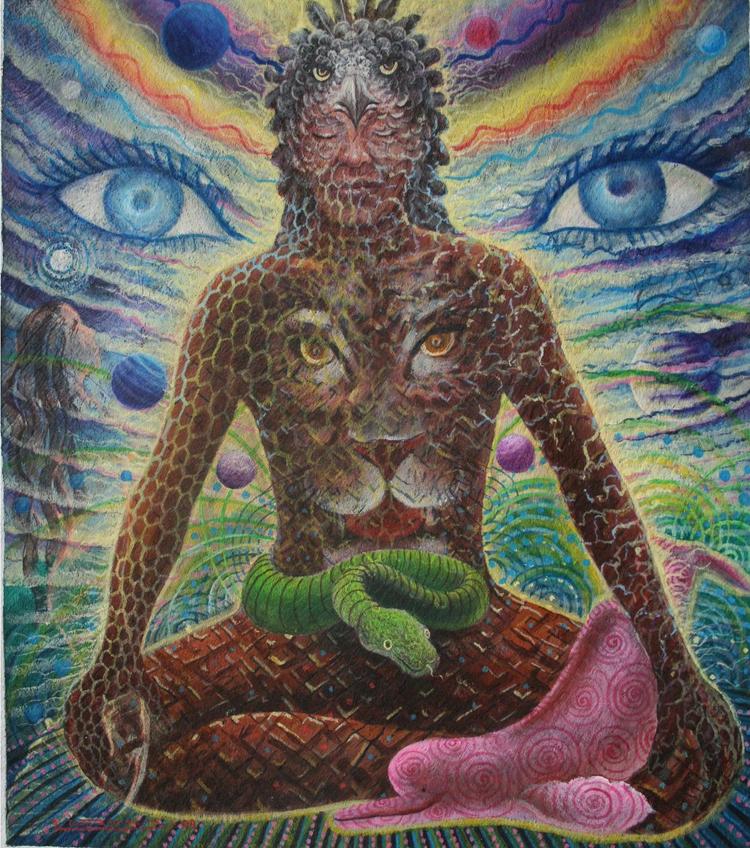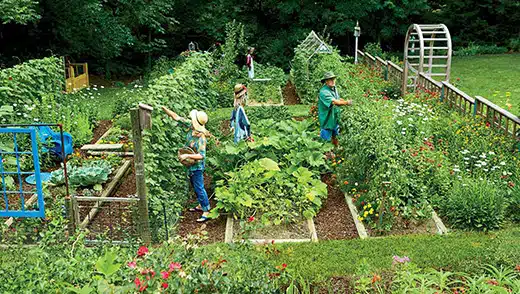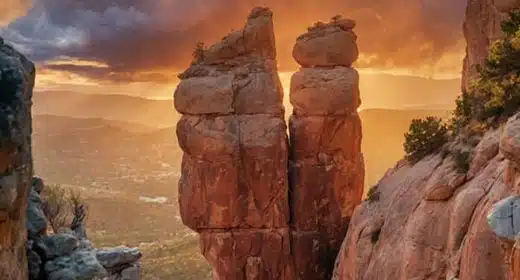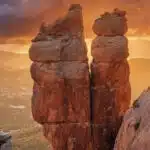by Jerry Walsh: The Peruvian visionary painter Pablo Amaringo is a legendary visual communicator of the ayahuasca experience…
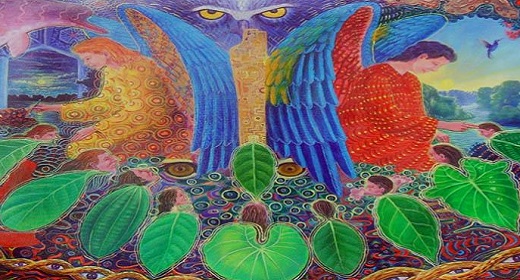
Entirely self-taught, he cultivated the Neo-Amazonico style — a blend of psychedelic imagery, the Amazonian jungle, and indigenous culture — that inspires visionary artists to this day.
Two of these artists are Alfredo Zagaceta and Moises Llerena, who studied under Amaringo himself. Born in Peru, they received their art education at the USKO-AYAR Amazonian School of Painting in Pucallpa, which was founded by Pablo Amaringo, Luis Eduardo Luna, and Sirpa Rasanen.
Moises’s art has been exhibited in Peru, the US, and Finland. For him, nature is the true master teacher, where we can all find beauty, love, and teachings that assist us in maturing in body and spirit. He currently resides in Bern, Switzerland.
Alfredo has displayed his art throughout Peru, Europe, Japan, and the US. He currently resides in Pucallpa, Peru where he continues his work as an artist and retreat facilitator for ayahuasca shaman Don Jose Campos.
In this interview, Jerry Walsh, member of the NY-based sound healing ensemble Dream Seed, talks to Alfredo and Moises about visionary art as a spiritual practice, studying under Pablo Amaringo, ayahuasca tourism, and more.
Jerry Walsh: What inspired you to begin painting, and what attracted you to Pablo Amaringo and the USKAR-AYAR school?
Moises Llerena: I was first inspired by the presence of nature I saw in the Amazon jungle as a child. A friend of mine, who was a priest, first discovered my talent in painting and suggested I look for an art school. Pablo had been running USKAR-AYAR and I went to him to learn. I immediately resonated with the principles of the USKO-AYAR school: through art we can know and love our environment, mother nature, and become conservationists and better human beings.
Alfredo Zagaceta: I came from a poor village and a family that was not able to offer me many of the basics or luxuries that many people are accustomed to, such as clothes on my back, food in my stomach, and a safe place to grow and learn as a child. Pablo’s school offered me a chance to be part of something I could only have in a dream.
How have ayahuasca and shamanism influenced your art?
ML: Ayahuasca shamanism is an element of our cultural heritage from our ancestors and it is a tremendous vehicle to learn, grow, and find inner balance in body, mind, emotion, and spirit. Pablo Amaringo embodied this inner balance. He was absolutely amazing and inspiring to observe as a teacher and an artist
AZ: Again, I have to say Pablo was the major influence. He shared many stories about shamanism and life in the jungle. He also showed me the connection between the plant world and mankind. The master plants have allowed me the opportunity to enhance my visual inspiration and create a bridge between these two worlds. My art is the vessel for these bonds.
Can you share an interesting or funny story about studying and working under Don Pablo?
ML: One day Pablo was behaving very crazily and erratic; something seemed wrong with him. Suddenly he came up to me, looked at the painting I was working on, and said, “Look into my eyes. You will never become a painter because you don’t have an artist’s hand.” I asked him, “How is an artist’s hand supposed to be?” He simply smiled and without answering left me alone and went on about his business. That encounter motivated me deeply to prove him wrong and contemplate what it means to have an “artist’s hand.”
AZ: I remember a time when I first started and my drawings were very bad. Everyday I would start in the classroom at 5a.m.
Don Pablo had been instructing me in the art of “landscapes” using a dark background first and then layering other colors to add depth. I misunderstood him and painted the whole canvas dark. Oops. He came into the classroom at 5 am as usual. When he saw what I had created, he became so frustrated that he grabbed my canvas, began yelling, and continued to rip and destroy the canvas.
What are your thoughts about the development of ayahuasca tourism? How have you seen it impact indigenous communities for better or for worse?
ML: It is a two-sided issue and not a black and white situation. On one hand, a degree of consciousness is spreading, even through the local people, because of the awakening nature of the medicine. Everyone is becoming more aware of the importance of conservation of the natural world, natural medicine, and the deep wisdom of indigenous culture. The negative is obviously the commercialization, where you have people exploiting medicine and naïve tourists for money. It results in many ethical problems with how the medicine is served and the culture surrounding it.
AZ: Great question. With any type of growth, there is always good and bad. However, I see more good than bad! As I stated earlier, the bridge between mankind and the Master Plant world is very sacred and special to me. However, these visions are not shared by all. It is a small percent, but I accept it. The good part is how ayahuasca tourism has given many local artisans an opportunity to sell their art, music, jewelry, clothing and socialize with people from all over the world. We have the chance to learn so much from each other!
What do you want people to experience when they see your art?
ML: Each piece of art has its own language. Everyone can find something personal to them in there. I also hope that people will become inspired to love and preserve our natural world by reflecting upon its beauty through art.
AZ: Again, I can’t speak enough about the “oneness” we as people share with the plant world! When people look at my paintings I hope that they are able to see the universe and themselves as one, not as a separate entity. I am you, you are me, together we are the tree!
What advice would you give to people looking to start making art, but don’t know how to begin?
ML: Art is a medium to make an inner journey into the realms of your imagination, to play with sound, shapes, colors, etc., and awakening your inner child and true self. Learn to connect to your inner self and the inspiration and guidance into the creative process will follow naturally.
AZ: I can only speak for my form of art. I feel it starts with the self. It’s important to build a connection to not only Mother Earth, but with the jungle and all of her natural beauty. Trees and flowers start as a seed and in the appropriate environment they can grow to their full potential. It is also very important to have a teacher to guide you on this journey.
What are your greatest creative inspirations?
ML: I get inspired by the nature I see around me. I try to find beauty or a specific theme to work with in the creation of a new piece of art.
AZ: I receive much of my inspiration from the world around me: movies, life in the jungle, shamanic teachings, and blessings from God.
What projects are you working on in your communities besides painting?
ML: I love to teach art, especially to children. My biggest dream is to create a place in middle of the forest, a center where we can bring people from all over the world to heal, create, find balance, integrate fully in body, mind, emotion and spirit to stay in harmony with the natural law of Pachamama.
AZ: The creation and sales of my paintings allow me to be an integral part of my community and assist many families by building homes, creating employment opportunities for neighbors, friends, and family, and teaching art to local children. Being a positive role model is greatly needed in this part of the world.
How do you think art can play a role in healing?
ML: Through creativity our soul and spirit can find the proper way to stay harmonized and connect with the highest energy of love called God.
AZ: It is an exercise in mindfulness. It allows a person to be fully in the present moment. If you can live peacefully and happy in the present moment natural healing occurs as a result.
How is art a spiritual practice in your life?
ML: It is a priority. I cannot imagine doing something else because art is my passion that cultivates inner strength and wisdom.
AZ: My whole life is a spiritual practice. I was fortunate as a child to have some very positive teachers early on. Thus my art, my kindness and way of life is all a spiritual practice. Thank you for allowing me the opportunity to speak on myself, my art and this amazing beautiful world we all share together.
What is your connection to the indigenous groups of the Amazon, both in terms of present day contact and ancestral lineage?
ML: I am Cocama from my mother’s side. My father is more mixed from the Spanish side, but I consider myself 80% indigenous ethnically. I have contact with different tribes such as the Bora, Yagua, and Shipibo.
AZ: I am Machinanga from around Pucallpa. However, I have more of a connection with the Shipibo tradition because there are more Shipibos where I live, and I learned a lot from the elder shamans of that group. Benito Arebalo, a famous one who passed away, was a very powerful and wise elder. I drank with him the first time I had ayahuasca at age 15 — 23 years ago. The experience was incredible, so powerful. I saw memories, dolphins, jaguars and tingunas (bright dots), beautiful Incan and Shipibo designs. I currently organize ceremony for Don Jose Campos and translate for him as well.
Where did you receive your training with ayahuasca, and what was that process like?
ML: It was a mixed training, since I have been drinking medicine since 1999. My main teacher is Don Jose Campos of the Mestizo tradition, which just means it is a mixed tradition. The main aspect of my training was the dieta apprenticeship, which is dieting with different plants. I learned may icaros, songs that come through you when you drink the medicine. I learned how to heal, cure, and protect myself and others. I gained a lot of strength and power from the plants.
AZ: Our parents did many dietas in the jungle, which was our tradition when we needed to heal sickness. That was something that we just grew up with. Then we did work with Don Pablo and the Shipibo when I was a teenager and in my twenties. I feel to this day that the medicine is in my blood. Sometime I cannot sleep because I feel it is coming to me, even though I did not drink. My upbringing in the jungle was my training and it continues to influence every moment of my life.









